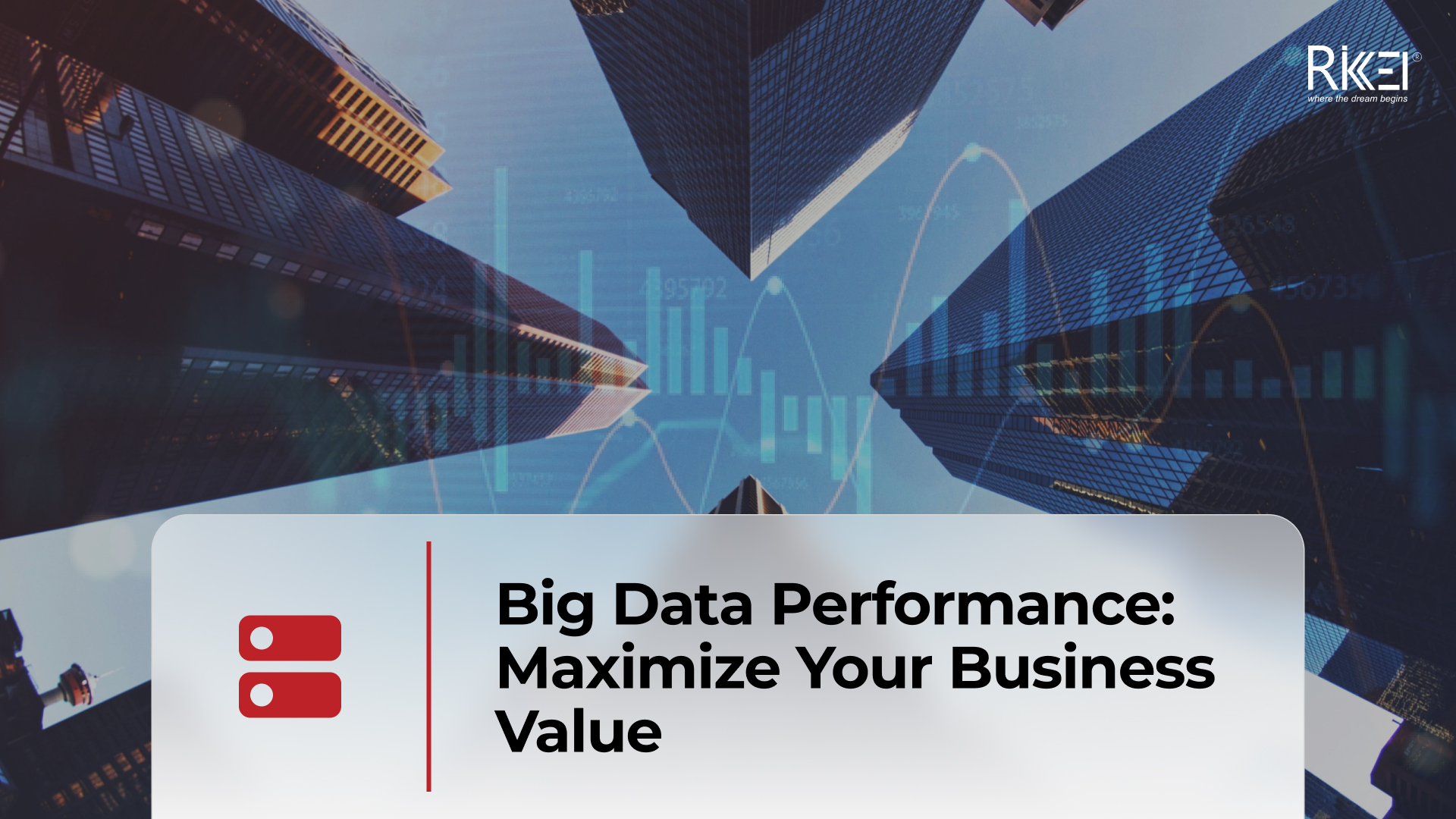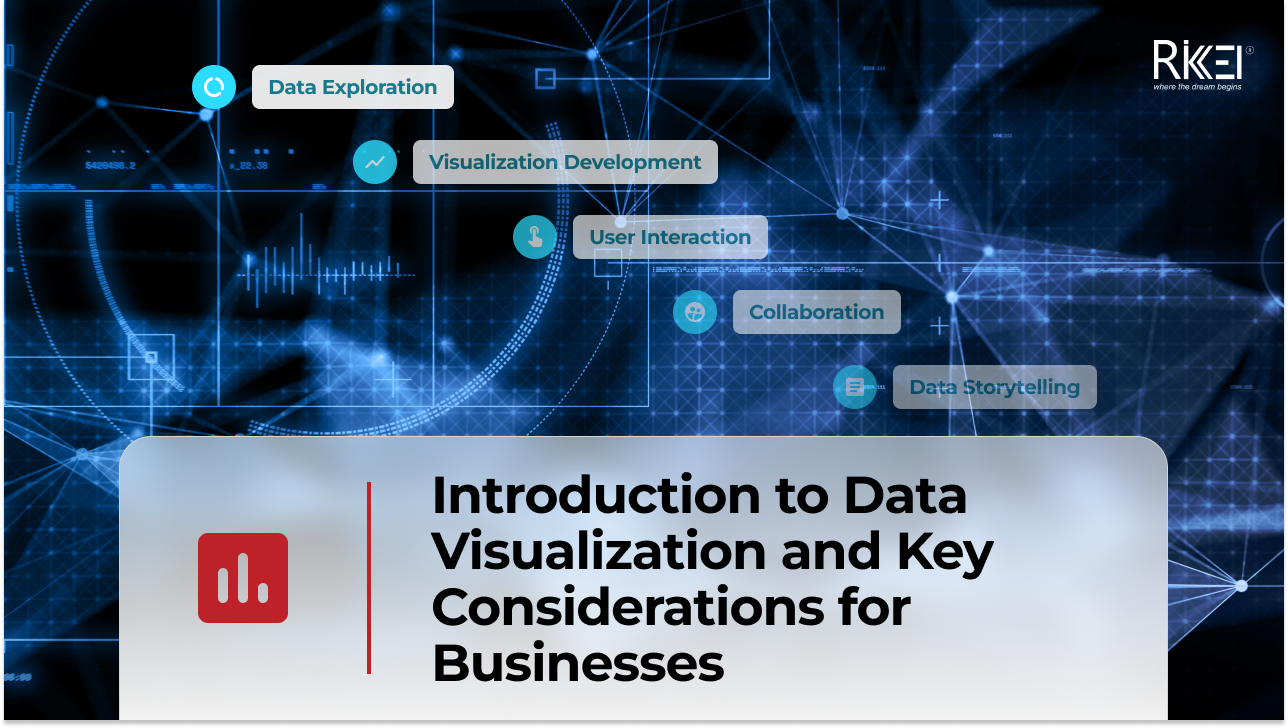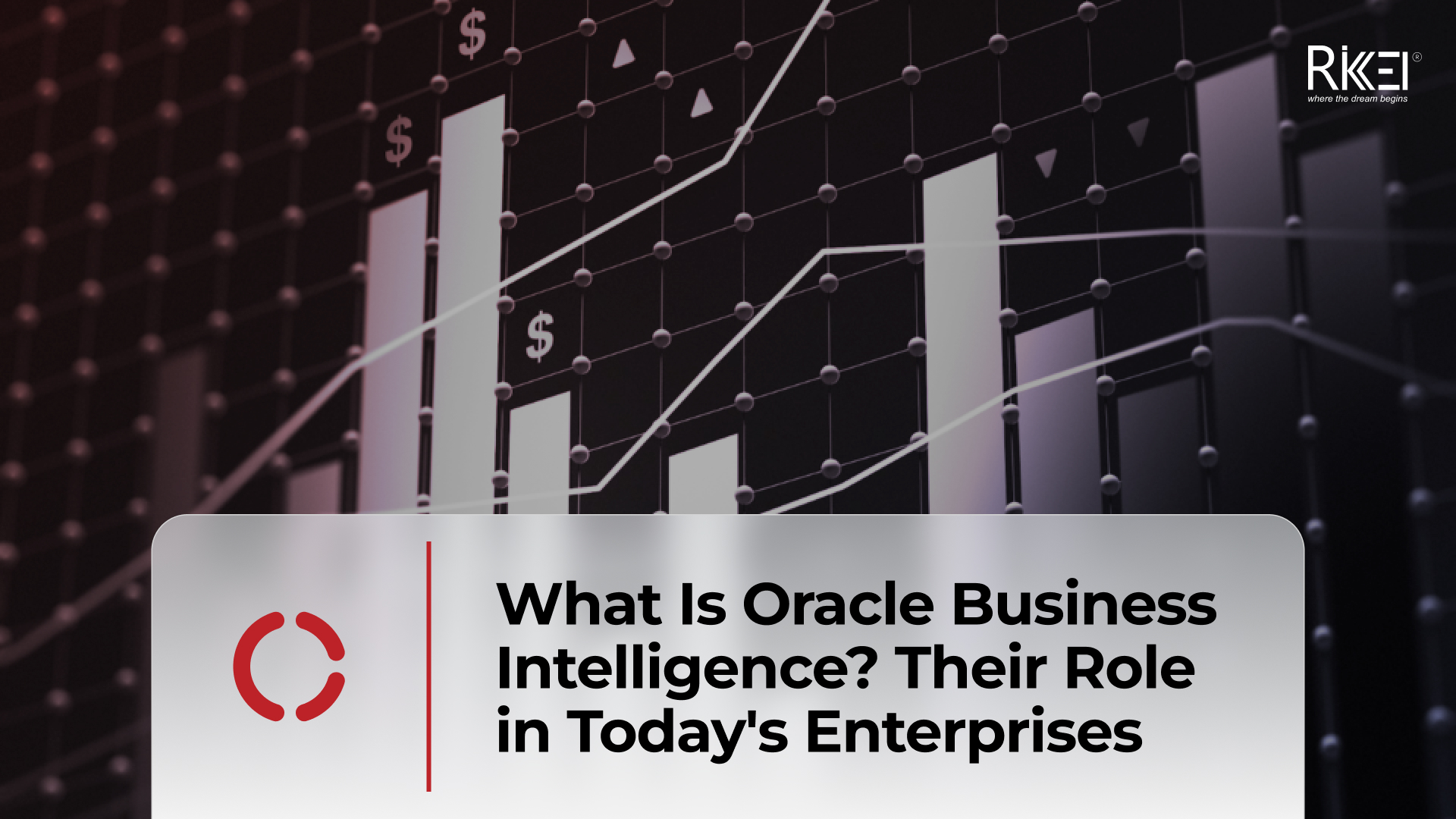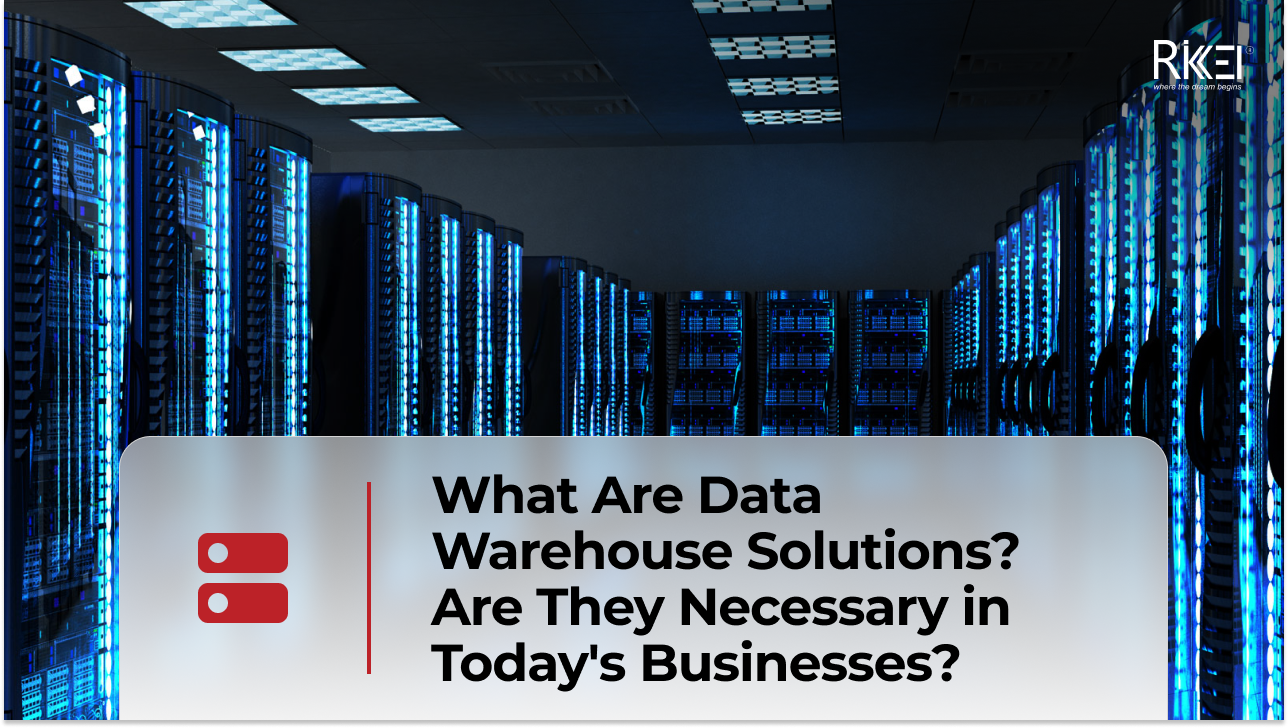How to Build an Effective Big Data Analytics Tool for Your Business
Contents
Building an analytics tool for a business brings several significant benefits, especially in today’s business environment where data is becoming larger and more complex. So how to build an effective analysis tool for businesses, follow the article below!
Assessing Business Needs
Assessing business needs involves understanding the requirements, goals, and challenges of a business or organization to determine appropriate solutions and strategies. It is a crucial step in identifying opportunities for improvement, making informed decisions, and aligning business objectives with technological, operational, and organizational changes.
Determine the specific goals you want to achieve with analytics tools
The specific goals that a business wants to achieve with analytics tools can vary depending on its industry, size, and unique objectives. However, here are some common goals that businesses often aim to achieve using analytics tools:
Improve Decision-Making:
Businesses want to leverage analytics tools to make informed and data-driven decisions. By analyzing data, they can gain insights into market trends, customer behavior, and operational performance, enabling them to make more accurate and effective decisions.
Increase Operational Efficiency:
Businesses aim to identify inefficiencies and optimize their operations using analytics tools. By analyzing processes, resource allocation, and performance metrics, they can streamline workflows, reduce costs, and improve productivity.
Enhance Customer Experience:
Analytics tools allow businesses to analyze customer data and gain insights into customer preferences, behavior, and satisfaction. This information helps businesses personalize their products, services, and marketing efforts, resulting in an enhanced customer experience.
Identify Growth Opportunities:
Businesses use analytics tools to identify new market opportunities and areas for growth. By analyzing market trends, customer segments, and competitive landscapes, they can uncover untapped markets, develop new products or services, or expand into new territories.
Optimize Marketing and Sales Strategies:
Analytics tools enable businesses to measure the effectiveness of their marketing and sales efforts. By analyzing customer data, campaign performance, and sales metrics, businesses can optimize their marketing strategies, target the right audience, and increase conversion rates.
Define the scope of the project
Defining the scope of a project involves clearly outlining the boundaries, deliverables, objectives, and constraints of the project. It helps establish a common understanding among stakeholders regarding what will be included and excluded from the project. Here are key components to consider when defining the scope of a project:
Project Objectives:
Clearly state the specific goals and objectives that the project aims to achieve. These objectives should be measurable, realistic, and aligned with the overall business objectives.
Deliverables:
Identify the tangible outputs or outcomes that the project will produce. This could include specific products, services, reports, software, or any other results that will be provided to the stakeholders upon project completion.
Project Boundaries:
Define the boundaries and limitations of the project. This includes identifying what is within the project’s scope and what is outside of it. Clearly articulate any constraints, such as budget, time, resources, or technical limitations that may impact the project.
Project Requirements:
Document the specific requirements that need to be met to achieve the project objectives. This includes functional requirements (what the project should do) and non-functional requirements (constraints or qualities the project should have, such as performance, security, or usability).
Exclusions:
Clearly define what is not included in the project scope. This helps manage stakeholder expectations and avoids scope creep, which is the tendency for the project to expand beyond its original boundaries.
Assumptions and Dependencies:
Identify any assumptions made during the project planning phase and any dependencies on external factors or other projects. This helps stakeholders understand the underlying assumptions and potential risks that may impact the project.
Data Collection
Determine the necessary data sources for your project
To determine the necessary data sources for a project, you need to consider the specific goals, objectives, and requirements of the project. Here are some common data sources to consider:
- Internal Transactional Data: Data generated by your organization’s day-to-day transactions, such as sales records, financial transactions, and customer interactions.
- Customer Data: Information about your customers, including demographics, purchase history, preferences, and feedback. This can come from CRM systems, customer databases, and marketing platforms.
- Website and Social Media Data: Data from website analytics tools (e.g., Google Analytics) and social media platforms. This includes user engagement, website traffic, click-through rates, and social media interactions.
- Sensor and IoT Data: If applicable, data from sensors, IoT devices, or connected devices. This could include data from manufacturing equipment, smart devices, or environmental sensors.
- Supply Chain Data: Data related to the supply chain, including inventory levels, order fulfillment, shipping and logistics data, and supplier information.
- Employee Data: Human resources data, including employee performance metrics, training records, and workforce demographics.
- Financial Data: Financial statements, budget data, and other financial records that provide insights into the economic health of the organization.
- Operational Logs: Logs generated by various systems and applications, provide details on system performance, errors, and user activities.
- Textual Data: Unstructured textual data from sources such as emails, customer reviews, support tickets, and social media comments. Natural Language Processing (NLP) techniques can be applied to extract insights from text.
When selecting data sources, consider factors such as data quality, relevance to your objectives, and ease of integration. It’s also important to address data privacy and security concerns, especially when dealing with sensitive information. Regularly evaluate and update your data sources as the project progresses to ensure that you are working with the most relevant and accurate information.
Ensure data integrity, reliability, and security
Ensuring data integrity, reliability, and security is paramount when working with big data analytics. Here are best practices to maintain these crucial aspects:
Data Governance:
Establish a robust data governance framework that outlines policies, procedures, and responsibilities for managing and protecting data throughout its lifecycle.
Data Quality Management:
Implement data quality management practices to ensure that the data is accurate, consistent, and free from errors. This involves data profiling, cleansing, and validation processes.
Metadata Management:
Maintain comprehensive metadata to provide information about the origin, structure, and usage of the data. This enhances understanding and promotes proper use.
Data Encryption:
Utilize encryption techniques to protect sensitive data both at rest and in transit. This includes encrypting data stored in databases, encrypting data transmitted over networks, and using secure protocols for data transfer.
Data Masking and Anonymization:
Mask or anonymize sensitive data in non-production environments to protect privacy and comply with regulations. This is especially important during the development and testing phases.
Audit Trails:
Establish audit trails to track who accessed the data, what changes were made, and when they occurred. This helps in identifying and investigating any security incidents.
Data Backups:
Regularly back up your data to prevent data loss due to accidental deletion, corruption, or other unforeseen events. Test the restore process to ensure data recoverability.
Choosing Analytics Tools
Select appropriate analytics tools for the project and data sources
Selecting appropriate analytics tools for a project and data sources depends on several factors, including the project requirements, data types, analysis goals, and the organization’s technical capabilities. Here are some popular analytics tools commonly used in various scenarios:
- Excel: Excel is a versatile and widely used tool for basic data analysis, visualization, and reporting. It is suitable for smaller datasets and simple analyses.
- SQL: Structured Query Language (SQL) is suitable for analyzing structured data in relational databases. It allows querying, filtering, and aggregating data, making it suitable for data exploration and basic analytics.
- Business Intelligence (BI) Tools: BI tools like Tableau, Power BI, or QlikView provide comprehensive data visualization, dashboarding, and reporting capabilities. They are suitable for creating interactive visualizations and sharing insights with stakeholders.
- Statistical Packages: Statistical packages like R, Python (with libraries such as NumPy, Pandas, and SciPy), or MATLAB offer advanced statistical analysis, predictive modeling, and machine learning capabilities. They are suitable for complex data analysis and modeling tasks.
- Data Mining Tools: Tools like RapidMiner or IBM SPSS Modeler provide advanced data mining and predictive analytics capabilities. They are suitable for discovering patterns, building predictive models, and conducting data-driven decision-making.
- Data Integration and ETL Tools: ETL (Extract, Transform, Load) tools like Informatica PowerCenter, Talend, or Microsoft SQL Server Integration Services (SSIS) are used for data integration, cleansing, and transformation. They help prepare and consolidate data from multiple sources for analysis.
- Big Data Analytics Tools: When working with large-scale or distributed data, tools like Apache Hadoop, Apache Spark, or Apache Flink are commonly used. These tools enable the processing and analysis of big data sets across distributed computing clusters.
Mention common tools like Hadoop, Apache Spark, Python, R, and commercial analytics software
Here are some commonly used tools for analytics:
1. Hadoop
An open-source framework that allows distributed storage and processing of large datasets across clusters of computers. It includes components like Hadoop Distributed File System (HDFS) and MapReduce for parallel processing.
2. Apache Spark
A fast and scalable distributed computing engine that supports big data processing, machine learning, and real-time analytics. It is suitable for large-scale data analysis and processing.
3. Python
A versatile programming language with a rich ecosystem of libraries for data analysis, such as NumPy, Pandas, SciPy, Scikit-learn, and TensorFlow. Python is widely used for statistical analysis, machine learning, and building data pipelines.
4. R
A programming language and environment specifically designed for statistical analysis, data visualization, and machine learning. R has a comprehensive collection of packages for advanced analytics.
5. Commercial Analytics Software
Several commercial software solutions provide advanced analytics capabilities for organizations. Some popular ones include:
- IBM SPSS: A software suite that offers a range of statistical analysis, predictive modeling, and data mining capabilities.
- SAS: A comprehensive analytics platform with tools for data management, statistical analysis, predictive modeling, and business intelligence.
- Microsoft Power BI: A business intelligence tool that enables data visualization, interactive dashboards, and self-service analytics.
- Tableau: A leading data visualization and business intelligence platform that allows the creation of interactive visualizations and the sharing of insights.
Security and Compliance
Ensure data security and compliance with privacy regulations
Ensuring data security and compliance with privacy regulations is essential in the handling of sensitive information. Here are key measures to safeguard data and maintain compliance:
Understand Privacy Regulations:
Familiarize yourself with relevant data protection and privacy regulations such as GDPR (General Data Protection Regulation), HIPAA (Health Insurance Portability and Accountability Act), CCPA (California Consumer Privacy Act), or other industry-specific regulations.
Data Classification:
Classify data based on sensitivity. Clearly label and categorize data to ensure appropriate security measures are applied based on its classification.
Access Controls:
Implement robust access controls to limit data access to authorized personnel. Use role-based access control (RBAC) mechanisms to ensure that users have appropriate privileges based on their roles and responsibilities.
Data Masking and Anonymization:
Implement data masking and anonymization techniques, especially in non-production environments, to protect personally identifiable information (PII) and sensitive data.
Secure Data Storage:
Ensure that data is stored securely, whether on-premises or in the cloud. Apply industry-standard security measures, such as firewalls, intrusion detection systems, and encryption, to protect data from unauthorized access or data breaches.
Data Minimization:
Collect and retain only the minimum amount of data necessary for the intended purpose. Avoid storing unnecessary or sensitive data to minimize the risk associated with data breaches or unauthorized access.
Discuss the importance of data governance
Data governance provides the foundation for effective and responsible data management within organizations. It establishes the necessary structures, processes, and controls to ensure data quality, security, compliance, and usability. By implementing robust data governance practices, organizations can unlock the full potential of their data assets, improve decision-making, and gain a competitive advantage in today’s data-driven business landscape.
Conclusion
By following these steps, you can build a robust big data analytics tool that adds significant value to your business operations. Keep in mind that the specific requirements and technologies may vary based on your industry and the nature of your data.
More From Blog

April 4, 2024
Big Data Performance: Maximize Your Business Value
In today’s data-driven world, organizations are constantly generating and collecting immense amounts of data to understand their customers more deeply. This data, often referred to as “big data,” holds immense potential for organizations to seek opportunities and overcome challenges. But accessing and analyzing big data isn’t enough to have proper strategies; organizations must pay attention to […]

April 4, 2024
How Real-Time Data Analysis Empowers Your Business
In today’s fast-paced business landscape, the ability to quickly make data-driven decisions has become a key differentiator for success. Real-time data analysis, the process of analyzing data as soon as it’s generated, has emerged as a powerful tool to empower business across industries. By leveraging real-time data analysis, organizations can gain timely and actionable insights, […]

April 4, 2024
Differences Between Data Science and Computer Science
Data Science and Computer Science are distinct fields overlapping in certain areas but have different focuses and objectives. The article below will help you clearly understand the differences and the close connection between the two fields. What is Data Science? Data Science is an interdisciplinary field that combines scientific methods, processes, algorithms, and systems to […]

March 28, 2024
Introduction to Data Visualization and Key Considerations for Businesses
In your opinion, what is data visualization? Your main goal is to communicate your recommendations engagingly and effectively, right? To achieve this, let’s immediately explore a method that can represent information with images. What is Data Visualization? Define data visualization and their roles in organizations First, you need to find the answer to the question: […]

March 14, 2024
What Is Oracle Business Intelligence? Their Role in Today’s Enterprises
Oracle Business Intelligence (BI) refers to a suite of tools, technologies, and applications designed to help organizations collect, analyze and present business data. The primary goal of Oracle BI is to provide actionable insights to support decision-making within an organization. Oracle BI encompasses a range of products that enable users to gather, process and visualize […]

March 7, 2024
What Are Data Warehouse Solutions? Are They Necessary in Today’s Businesses?
Data warehouse solutions are specialized systems designed to efficiently store, retrieve, and analyze large volumes of structured and sometimes unstructured data. The primary goal of a data warehouse is to support business intelligence (BI) activities, such as reporting, querying, and data analysis, by providing a centralized and optimized repository of data. Understanding Data Warehouse Solutions […]

